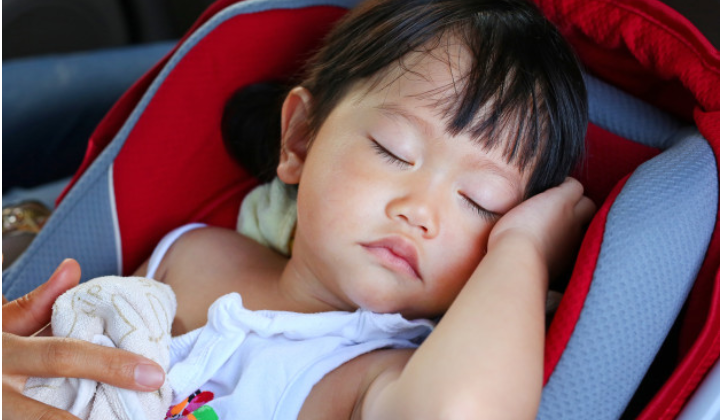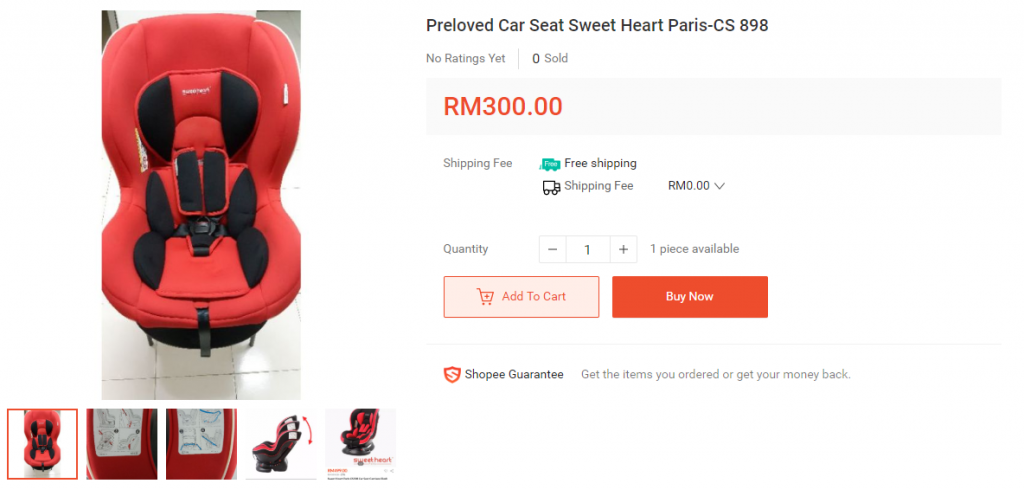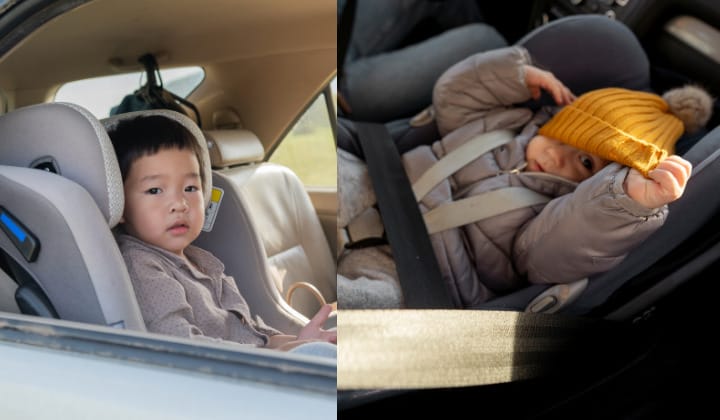Baby’s Age And Weight The Most Important Factors When Choosing A Car Safety Seat

From 2007 to 2017, Malaysia recorded 1,559 deaths of children aged under 10 years old from road accidents.
Correctly securing your baby in a car seat has been shown to reduce the risk of death by 71% for infants, 54% for children between 1 and four years old, and reduce the need for hospitalisation by 69% for children below for years old.
To reduce the number of deaths and serious injuries in Malaysia, the government made the use of child car seats compulsory on 1st of January 2020, in line with the United Nations (UN) regulations.
However, enforcement will not begin straight away and drivers will not be penalised for the first six months.
Buying and installing a car seat for your baby can feel like an expensive hassle, but the truth is, ensuring your baby’s safety is an obvious priority for all parents and car seats are proven to save lives.
This easy and comprehensive guide will help you choose a suitable car seat for your child without driving yourself crazy.
Now, when choosing a car seat, you only need to consider three things:
- Your baby’s age
- Your baby’s weight and height
- Whether the car seat meets safety standards
Age
There are typically three types of car seats: rear-facing, forward-facing and booster seat. Which one you buy depends largely on the age of your child.
For newly born babies to children aged 2 use a rear-facing car seat.
For children aged 2 to 4, use a forward-facing car seat.
For kids aged 4 to 8, use a booster seat. Be sure to always place the booster seat in the back seat.
Children above 8 years old should be kept in a booster seat until they are big enough to fit seat belts properly.

Weight and Height
The three different types of seats also have weight and height limits.
In rear-facing seats, your child’s weight and height should not be higher than 13kg and 83cm.
In forward-facing seats, weight and height limits are between 9 – 18kg and 71cm and above.
In booster seats, weight and height limits are 15 – 25kg and 100cm and above.

To determine if your child fits the seat belt, check the position of the straps.
The lap belt should lay across the lower belly above the upper thighs – not on the stomach. Meanwhile, the shoulder belt should lay across the chest – not the neck.
As a general rule, all children below the age of 13 (or shorter than 135cm) should ride in the back passenger seats because airbags can seriously injure or even kill young children sitting in the front passenger seat.
When you have more than three kids riding in your car, it’s best to place the eldest in the front passenger seat.

Evaluating car seat quality
Certification
According to Malaysian transport rules and regulations, all car seats sold in Malaysia must be certified according to UN R44 and R129 regulations.
In order to ensure that parents are able to determine certified products, MIROS has made sure that all UNR certified products bear an E-mark sticker and a QR code label.

The E-mark sticker is designed to help parents identify which car seats are certified.
Meanwhile, the QR code label will have the seat’s certification details, instructions for installation and recommendations according to the weight and height of your child.

For more information about this, you can download the guidebook developed by MIROS called Buku Garis Panduan Kerusi Keselamatan Kanak-kanak di Malaysia (Guidebook to Child Restraint Systems in Malaysia).
Preloved items
Although buying a second-hand car seat may seem like a good way to save money, MIROS recommends that parents buy new car seats instead, unless you know the accident history of the used seat.
A used car seat can be unsafe if it has been in a crash, is missing parts, labels or instructions, if the manufacturer issued a safety recall and the seat has not been fixed or if the seat has passed its expiration date.

Yes, you read that right. Car seats typically expire after about six years from its date of manufacture.
If you’re wondering why it’s because the seats are mainly made of plastic.
Since car seats basically live inside cars, the extreme temperature changes in your vehicle (cold air-cond and heat from the scorching Malaysian weather) takes a toll on the plastics and causes them to break down and become brittle.
As you can see, getting a car seat for your child can be quite simple and you don’t have to burn a hole in your pocket because expensive doesn’t necessarily mean safe.
We hope this guide helped you, Goodluck!
Have any other questions about car seats? Ask away on our Facebook, Twitter, and Instagram!
Starving forensic investigator turned writer cause she couldn't find a job. Used to search for killers now searches for killer stories.








